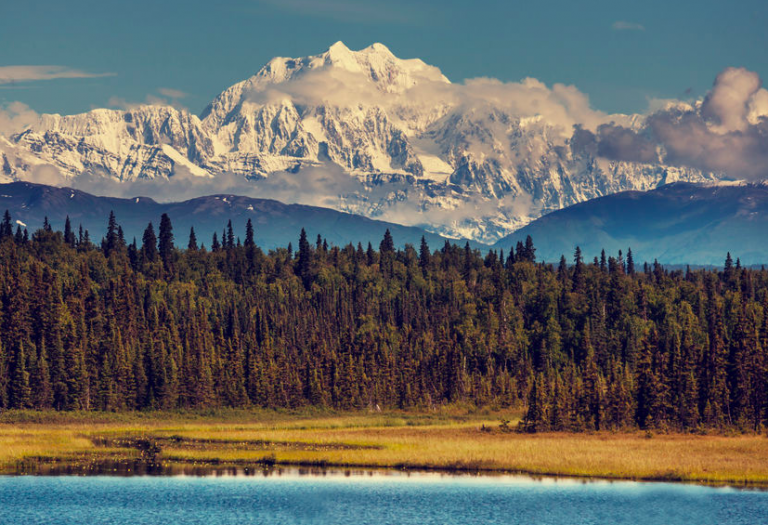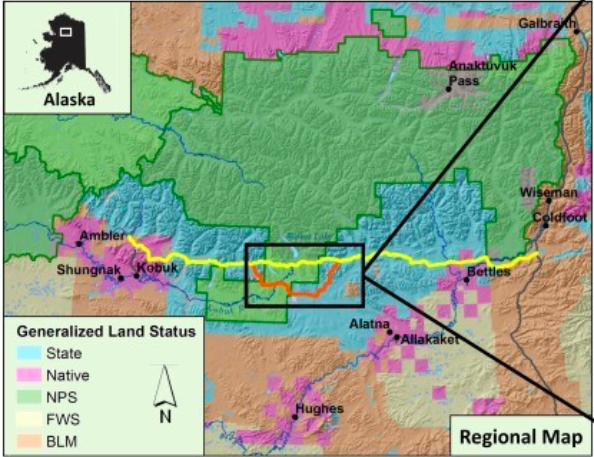By ART CHANCE
The mountain that labored and brought forth a mouse is an old Greek proverb that goes back to Aesop.
It refers to great promises and great labors that produce little result; in most of the Latin versions it says produces ridiculous results.
I think the old proverb applies to the government of Alaska right now.
The Dunleavy Administration has labored mightily. They demanded the resignations of 900 employees. I’ve long advocated that any Republican following a Democrat into office, (and the Walker Administration was a Democrat administration), should fire everyone s/he has a legal right to fire, but s/he should be prepared for the firestorm.
The Administration got the firestorm of opposition, though it only ultimately took a handful of the demanded resignations. Not only did Gov. Michael Dunleavy not fire a lot of the people he should have fired, he earned the enmity of those who remained; he’ll be thwarted, leaked, and sabotaged for the rest of the term.
The Administration dramatically cut both the Operating and Capital Budgets. It can be done, though not as dramatically as they proposed, but it takes a very good communications program and a very good relationship with the Legislature.
And again, the Administration has to be prepared for the firestorm. When the Legislature proved recalcitrant and adjourned with nothing accomplished, the governor did an in-your-face and called them into Special Session in a middle school in Wasilla, rather than the friendly confines of Juneau.
The governor can do that, but he has to be prepared to send the State Troopers to bring any recalcitrant legislators to the session in handcuffs. He didn’t force the Wasilla session and all other legislative business was conducted in Juneau, despite the fact that there is almost no housing or lodging available in Juneau in summer, and what can be had is very expensive.
If you let yourself lose, you will keep losing until you figure out how to win. The Dunleavy Administration has some figuring to do.
The governor promised the full statutory Permanent Fund dividend and hinted, without really saying so, that he was in favor of restoring previous dividends to the full statutory amount. There is a good argument that the Permanent Fund dividend promise is what got him elected. The Legislature went through a whole Regular Session and Special Sessions and only a few hardcore conservatives even mentioned a full statutory PFD.
As the Legislature developed an Operating Budget that swelled at the behest of the union racket, the healthcare racket, and the education racket – and even the seniors chimed in, the governor promised the use of his red pen for line item vetoes.
The Legislature used the Capital Budget, which contains most of the State match for federal revenue, to largely thwart the Governor’s much-touted red pen. I predicted in this column. months ago that the Legislature would use the Capital Budget as the vehicle to restore any of the governor’s line item vetoes. If I can figure it out, somebody on the Third Floor should have as well.
Along the way, the Administration got the first State employee strike in 42 years, a strike that was easily foreseen and should have been easily prevented, yet the State got blindsided.
The union set a time for the strike and as that time passed the vessels stopped at the next port, and the unlicensed employees struck, leaving their passengers and their vehicles stranded away from their intended destination.
I’ve seen no evidence nor heard any reports of the State even trying to negotiate a completion of the voyage agreement before the strike. That cost the State the better part of $10 Million for ticket refunds and cancelled reservations and other strike associated costs. That money can be made up either with reduced operations next year or by getting the Legislature to make up the money; good luck with that.
The Administration and the Republicans in the Legislature have squandered any opportunity to get any operating or wage concessions from the unions. Every one of the unions is sitting happily under contracts that they negotiated with the Walker Administration, many of them at the 11th hour after Bill Walker had already been defeated.
The Republican “controlled” Senate could have disapproved any or all of the 11th hour sweetheart deals Walker gave away, but they did nothing.
The Administration let the licensed marine unions run for cover with new agreements even before the Inlandboatmen’s Union strike. Then, even after they had endured all the damage from the blatantly illegal strike with which they were blindsided, the Administration let the union surrender on relatively favorable terms. The season was lost; who that supported this Administration needs the ferry system after September? From September to May, a strike saves money.
Gov. Dunleavy ran principally on criminal law reform, a sustainable budget, and a statutory PFD. He got criminal law reform that gave him some of what he wanted. The budget will have real dollar cuts for the first time in State history, but it is nothing like a sustainable budget matching our recurring revenue. We’re all supposed to be happy with about half of a statutory PFD and no mention of past takings.
The Administration’s labors produced an intractable Legislature, the majority of which flatly rejected the governor’s program.
The unions got what they’ve wanted and what they have rearranged Alaska politics to get, not losing one dime in union dues revenue and thwarting as much of the Janus decision as possible.
It didn’t help that the Dunleavy Administration’s tough talk and actions they couldn’t back up gave the employees every reason in the world to run to the safety of the unions. Now, none of the unions will have to face negotiations with the Dunleavy Administration until very near the end of the first term.
I’ve never seen the governor who had the guts to confront even one of the unions, and certainly not all of them, anywhere near a gubernatorial election.
There was a message to be communicated and the Administration failed. I’ll give them that it is almost impossible for a Republican governor to be heard in Alaska’s leftist dominated media, but they hardly tried.
The governor submitted a budget that could be paid for out of recurring revenue and proposed a full statutory PFD paid for from the Earnings Reserve Account. The message should have been loud and clear that if anyone or any group wanted more in the Operating or Capital Budget, the funds had to be taken from the PFD and the ERA.
At best, that message was muffled and even the muffled message was drowned out by the bleating and wailing of the moochers and looters.
Instead, the Administration’s great labors were portrayed as an attack on the people of Alaska and that message stuck. The real attack was on the People of Alaska to whom the Permanent Fund Dividend belongs and for whom it is vitally important to either have necessities or to provide amenities that others expect. State employees and educators making $100,000 a year did fine. Million-dollar-a-year health care administrators did just fine. Neither class sees a PFD as anything more than mad money.
Great labors and much sound and fury produced only the status quo and a mouse of a PFD.
The only play left on the board is an attempt to use operating budget cuts to get spending to a sustainable level. The Administration has already demonstrated that its management team simply doesn’t know enough about Executive Branch operations to be able to cut the budget with a sharp pencil rather than a dull axe.
The current Legislature has already demonstrated that it doesn’t have the guts for any real cuts and especially any cuts that affect the union racket, the healthcare racket, and the education racket. If after one look at the recently published test scores from our schools, any one, and certainly anyone with Senator or Representative in front of their name, wants to give the education racket any more money s/he is just a paid hack for the National Extortion, excuse me, Education Association. The Medicaid largesse is still pouring out and the healthcare administrator types are still cutting their fat hog.
Unionized public employees are enjoying nice raises and most of them have 3-4 percent step increases every year as well. The rest of us get to suck hind teat while the dog that caught the car it was chasing tries to figure out what to do with it.
Art Chance is a retired Director of Labor Relations for the State of Alaska, formerly of Juneau and now living in Anchorage. He is the author of the book, “Red on Blue, Establishing a Republican Governance,” available at Amazon.








